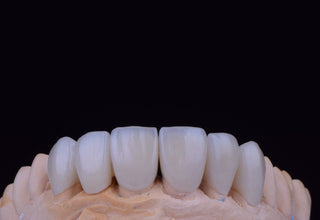Zirconia dental implants have gained popularity in recent years due to their biocompatibility and aesthetic advantages. However, the design of these implants plays a crucial role in determining the clinical outcome for patients.

What factors influence the design of zirconia dental implants?
The design of zirconia dental implants is influenced by various factors, including the shape, surface texture, and thread design. These factors impact the stability, osseointegration, and long-term success of the implant.
How does the design affect the clinical outcome?
A well-designed zirconia dental implant promotes proper bone healing, reduces the risk of implant failure, and enhances the overall success rate of the procedure. The design influences the biomechanical properties and load distribution, which are critical for long-term implant stability.
What are the key considerations for clinicians when choosing zirconia dental implants?
Clinicians must consider the design features of zirconia dental implants, such as the implant-abutment connection, platform switching, and surface treatment. These factors impact the soft tissue response, marginal bone levels, and overall aesthetic outcome for the patient.
How can patients benefit from well-designed zirconia dental implants?
Patients who receive well-designed zirconia dental implants experience improved comfort, function, and aesthetics. The design influences the overall success and longevity of the implant, leading to better oral health and quality of life for the patient.
```
